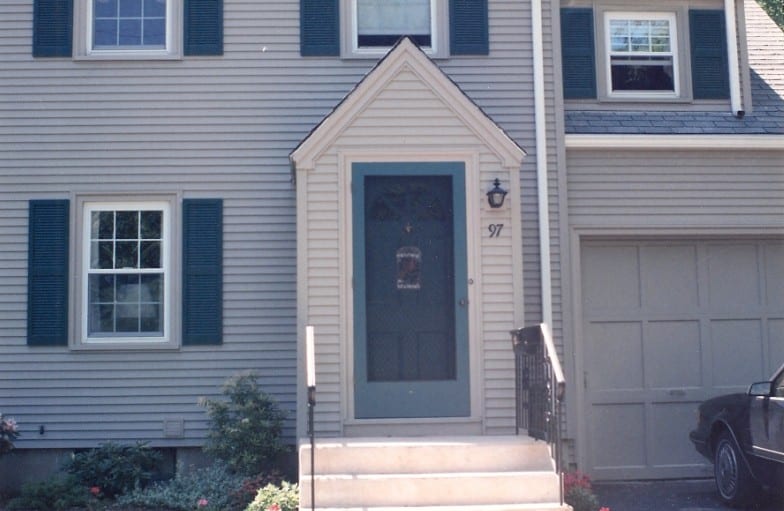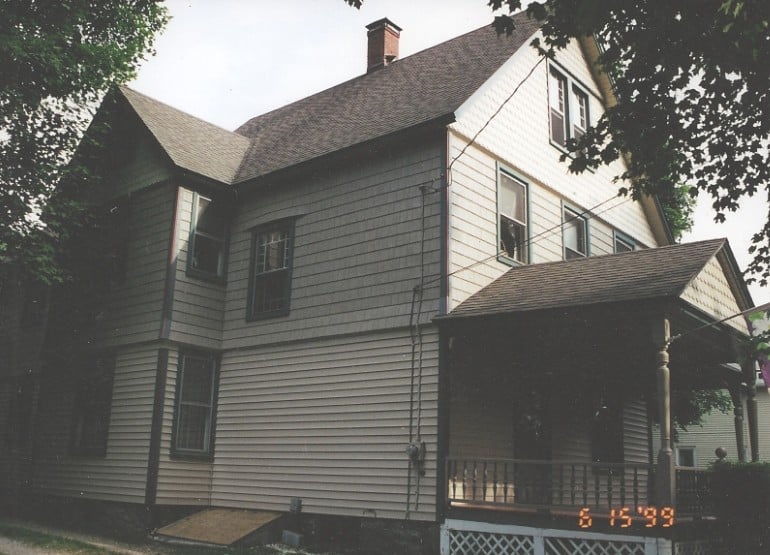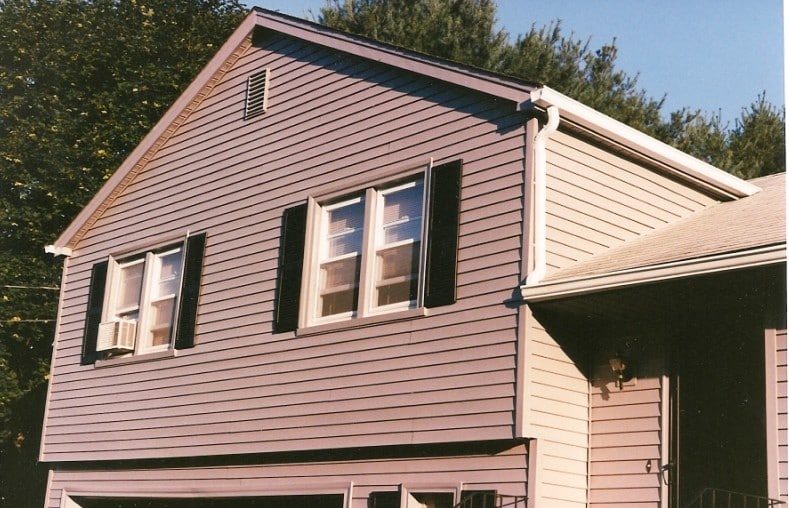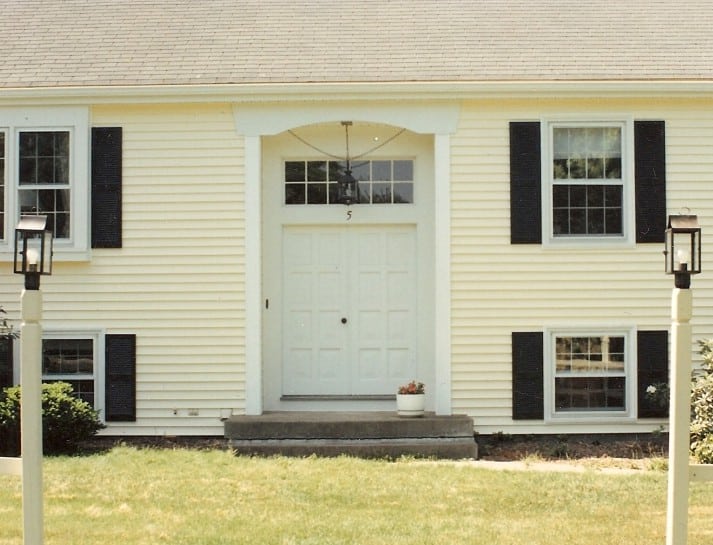Code Breaker: Simplifying Roofing Regulations for a Stress-Free Project

Embarking on a roofing project is a significant undertaking, and understanding roofing regulations is crucial to ensure a smooth and successful endeavor. Roofing regulations are in place to ensure safety, quality, and compliance with industry standards. However, navigating through the complex world of codes and regulations can be overwhelming for homeowners. In this blog, we aim to simplify roofing job regulations and help you decode the essential aspects of a stress-free roofing project.
The Importance of Roofing Regulations
Local, regional, or national authorities establish roofing regulations to ensure safe, efficient, and quality-compliant roofing projects. Compliance with these regulations is essential to guarantee the safety of the occupants, the longevity of the roof, and the protection of your investment.
Common Roofing Job Regulations
Understanding the primary aspects of roofing job regulations can help you navigate the process more effectively. Here are some common areas covered by roofing regulations:
1. Materials and Installation:
Regulations often dictate the types of materials that can be used and the appropriate installation methods to ensure durability and safety.
2. Structural Integrity:
Roofing codes encompass guidelines regarding the structural aspects of a roof, including load-bearing capacities, truss spacing, and overall stability to withstand weather conditions.
3. Weather Resistance:
Regulations focus on ensuring that roofs are designed and constructed to withstand local weather patterns, including wind, snow, rain, and extreme temperatures.
4. Fire Safety:
Codes frequently include requirements for fire-resistant materials and designs to enhance fire safety.
Navigating Roofing Regulations
To make the process of complying with roofing regulations less daunting, follow these steps:
1. Research Local Codes:
Start by researching and familiarizing yourself with the roofing codes specific to your area. Many local government websites provide access to these codes.
2. Consult with Professionals:
Seek guidance from roofing contractors or consultants knowledgeable about roofing regulations. They can provide valuable insights and ensure your project complies with all necessary requirements.
3. Plan Accordingly:
Work closely with your roofing professional to plan the project according to the identified regulations. This includes selecting appropriate materials and ensuring proper installation methods.
4. Obtain Necessary Permits:
Before commencing the project, acquire all the required permits from your local authorities. Your contractor can assist in this process.
Understanding and complying with roofing regulations is crucial to the success of your roofing project. By familiarizing yourself with the codes, seeking professional guidance, and planning accordingly, you can ensure that your roofing project is stress-free and in compliance with all necessary regulations. Stay informed and proactive throughout the process to achieve a safe, durable, and compliant roof that will protect your home for years to come.
Ready to tackle your roofing project with confidence? Visit Peter L. Brown and get started on your stress-free journey today!
Website: www.peterlbrown.com
Call Us: 1-860-653-3350
GET A FREE ESTIMATE
HOMES, IMPROVED
SERVICE AREAS
Avon
Weston
Bristol
Burlington
Canton
Farmington
Glastonbury
Granby
Manchester
Newington
Simsbury
South Windsor
Suffield
West Hartford
Wethersfield
Windsor
And surrounding communities
HAVE A QUESTION?
Click here to request a free estimate






















